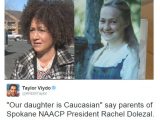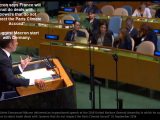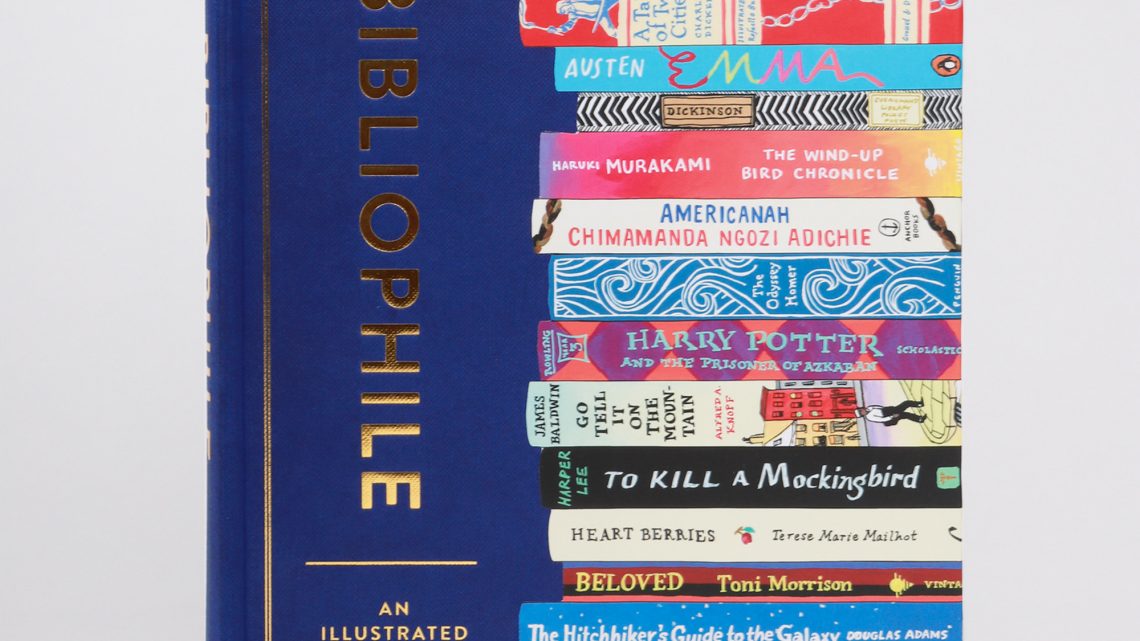
This Artist Turns Book Collections Into Quietly Powerful Paintings
September 25, 2018After painting "over 15,000 spines," Jane Mount understands the power of a good book. She has spent years painting commissioned portraits of stacks of people's favorite books, "a portrait of that person from the inside," as Mount said over the phone. Her paintings of book covers have adorned pins and filled My Ideal Bookshelf, a collection of book recommendations from famous creative people. Her latest project, Bibliophile, is a compilation of paintings and blurbs divided into sections: favorite independent bookstores, book recommendations from "experts," and—true to her origins—stacks of well-loved books. The latter is sorted by genres including poetry, postmodernism, coming of age, and feminism, and contains a range of "a few books you’ve probably heard of and maybe read and liked" as well as "deep cuts that might take you in a new direction."
I spoke to Mount about her artistic process and her favorite books to paint:

VICE: Why did you start drawing books?
Jane Mount: I used to paint large figurative pieces that no one ever wanted to buy, but I lost my studio space because they sold the building. My husband and I had just bought a tiny New York apartment, and so if I wanted to paint something I had to figure out how to do it small scale, like on the dining room table. Looking at this small, blank piece of paper was kind of overwhelming. I didn’t know what to do, but the table was right next to our built-in bookshelf. I thought, “Oh, books, I love books, they’re such lovely colors and type, I’ll try painting a few of those just to make the paper not white.”
I was doing it, and a friend of my husband’s came over and said, “Oh my god, what are those? I want to buy all of those right now!” And, you know, that just doesn’t happen with art—well, usually, for me. To have someone react so viscerally and immediately to something I made was just a really nice experience. I thought that there was something to this.
I then started drawing friend’s books as they lay on their bookshelves. At dinner parties, looking at what was there and painting it as it was. After a while I realized it would be much more interesting if I asked them for their favorites. And if I drew those together it was sort of like a portrait of that person from the inside. You could look at that set of books and feel like you knew that person, somehow, much more than you did before. I started getting commissions to do that—people would often give those to their loved ones for the holidays or their birthday.
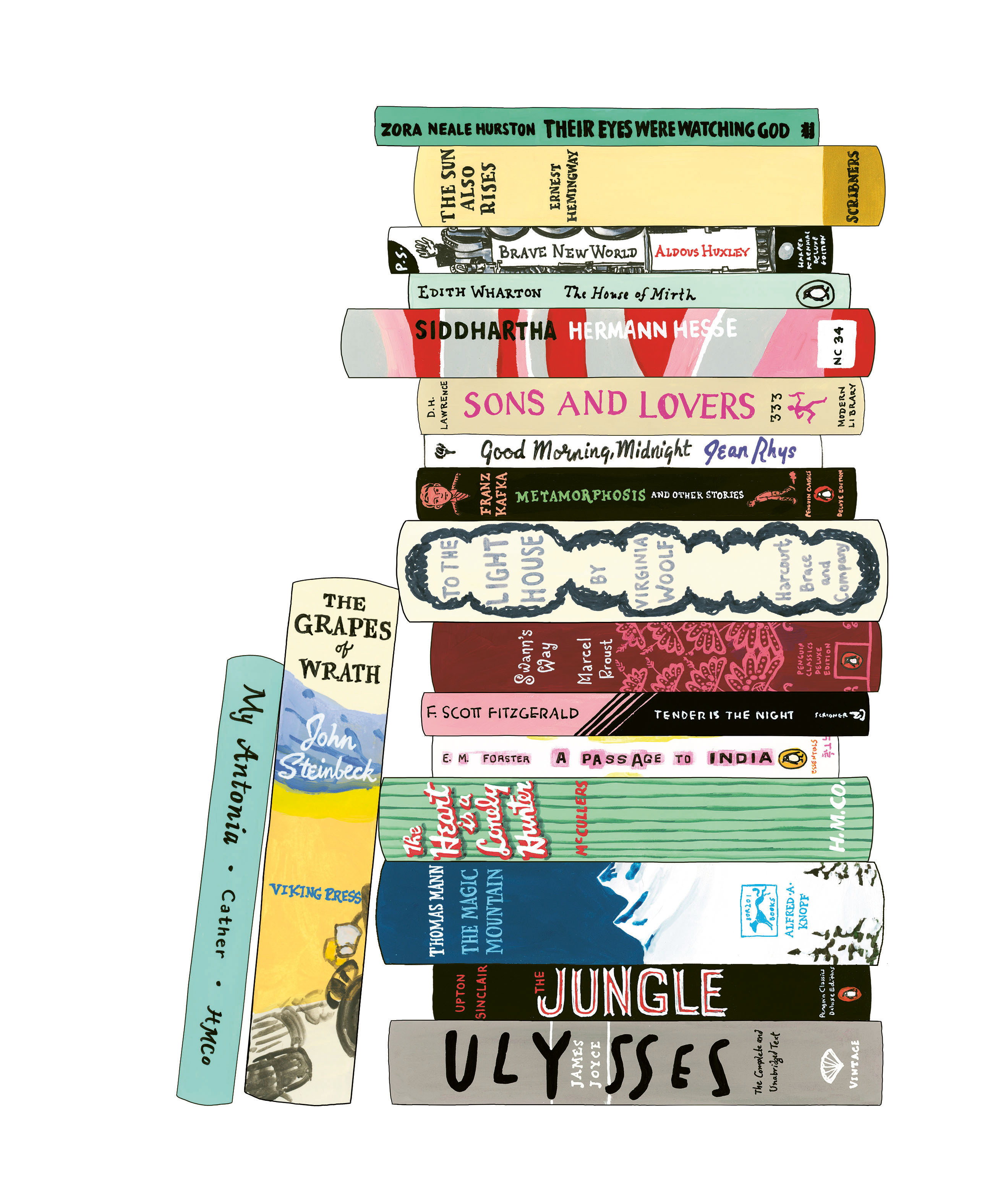
A few years later we decided to make a book. We interviewed hundreds of creatives to find out the books that made them the way they are. We thought it would be interesting for readers to learn more about the character of those people by seeing their books. But when I actually talked to people they’d say, “I added all these books to the list of books I want to read.” I thought, “Oh, that’s how you’re using the book.” I didn’t realize that. When I thought about making this book, I started from there. How do I make a book that can triple the list of your “to-be-read” pile, how can I create these small, magical doorways into places so that you can potentially find exactly the right book for you right now.
What kind of research did you do for each section?
Over the past ten years, I must have painted over 15,000 book spines, and obviously a lot of them I paint over and over, so I have a fairly good idea of what books people love most. I definitely wanted to include those as much as possible. And once I got past that, I also wanted to make sure to include other books, especially newer ones. A lot of people don’t ask me to paint a book until a couple years after it came out, sort of like they want to make sure their love is true.
For that I did more research by talking to booksellers, just people online. Critics—any research I could find where people told me which books were most important in a particular category. And I wanted to give people easy ways in. Here’s a few books you’ve probably heard of and maybe read and liked, and then sort of stretched it a little with deep cuts that might take you in a new direction.
I love that you had recent books—I noticed you had Little Fires Everywhere by Celeste Ng that just came out. I also appreciate the diligence with featuring a range of voices.
Yeah, it’s extremely important to me. In general, I think books and reading make us better people. There’s a quote I use in the book that I think is just perfect, by Neil Gaiman, that “a book is a little empathy machine. It puts you inside somebody else’s head.” You can’t hate someone after you’ve read a book from their perspective, it gives you a better understanding of them. It was important to me to try to be as inclusive as possible. I still feel like there’s so much more, and that I’m just scratching the surface.
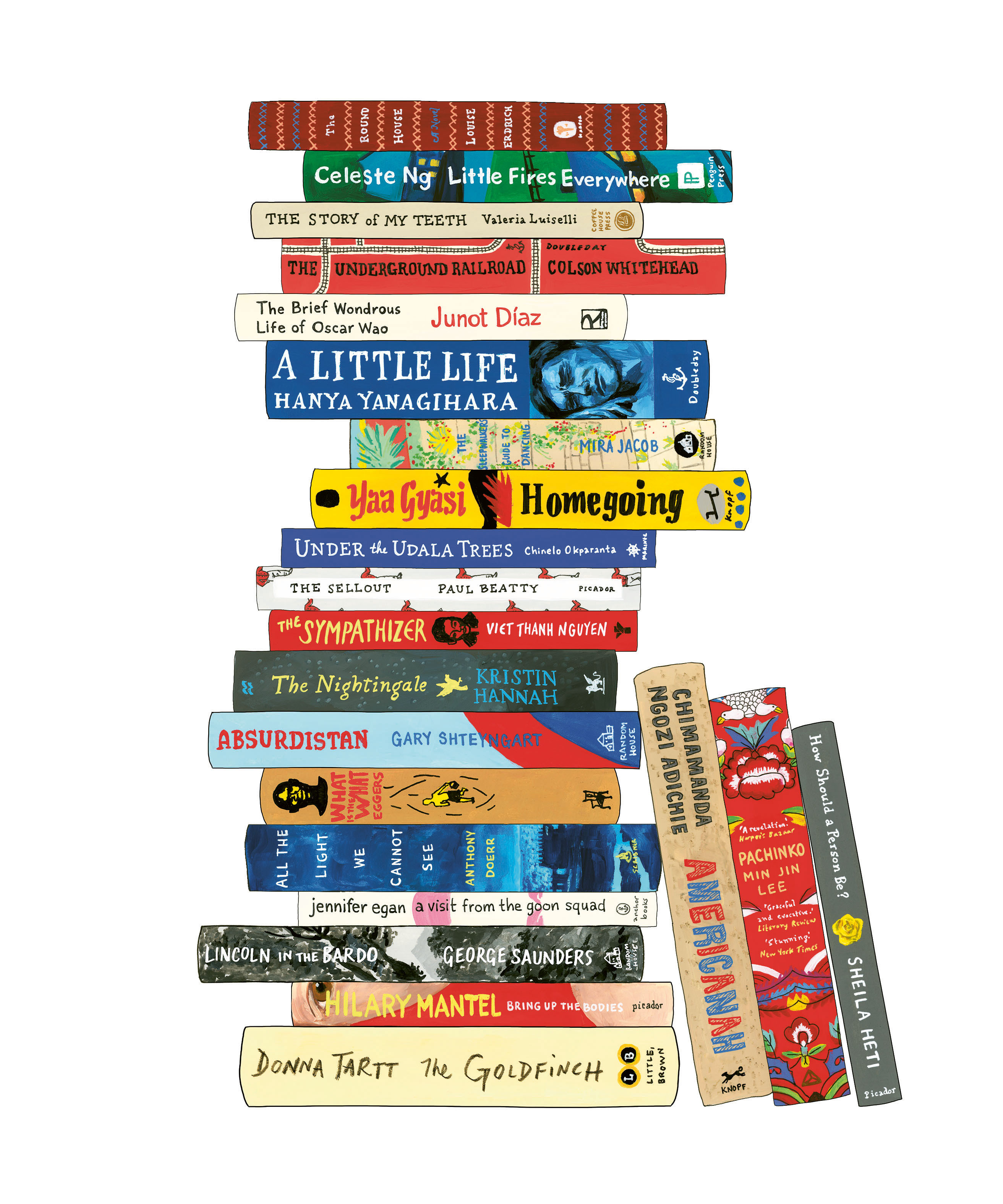
What are your favorite books to draw?
I actually really like drawing ones I haven’t drawn before, which doesn’t happen so often, but also ones that have a lot of imagery on the spine. The first edition of Isak Dinesen’s Out of Africa has flamingo and a monkey coming down from a tree and other animals. Any ones that are a challenge I really enjoy. I also really love drawing all of the Penguin Clothbound Classics that are designed by Coralie Bickford-Smith. They have like nice colorways and each one has a different pattern that applies to the content of the book. They look so nice, especially set by others books as they look so distinctive.
And what are the books that “made you?”
It’s so hard to choose. Particularly the ones I read as a kid were the most formative. I really love Norton Juster's Phantom Tollbooth. It set me on a path—that you can make words and pictures, that you never have to be bored unless you choose to. That it’s all up to you to explore and make your own life. I also love other children's classics like Charlotte’s Web.
More recently, speaking of Neil Gaiman, I loved American Gods. I was an anthropology major, and to me, the idea of there being more to the world than we can see or realize and that deities are walking among us is a brilliant, brilliant story. Also, Maira Kalman’s The Principles of Uncertainty—she proved there could be picture books for adults, and that that was a category that was underserved.
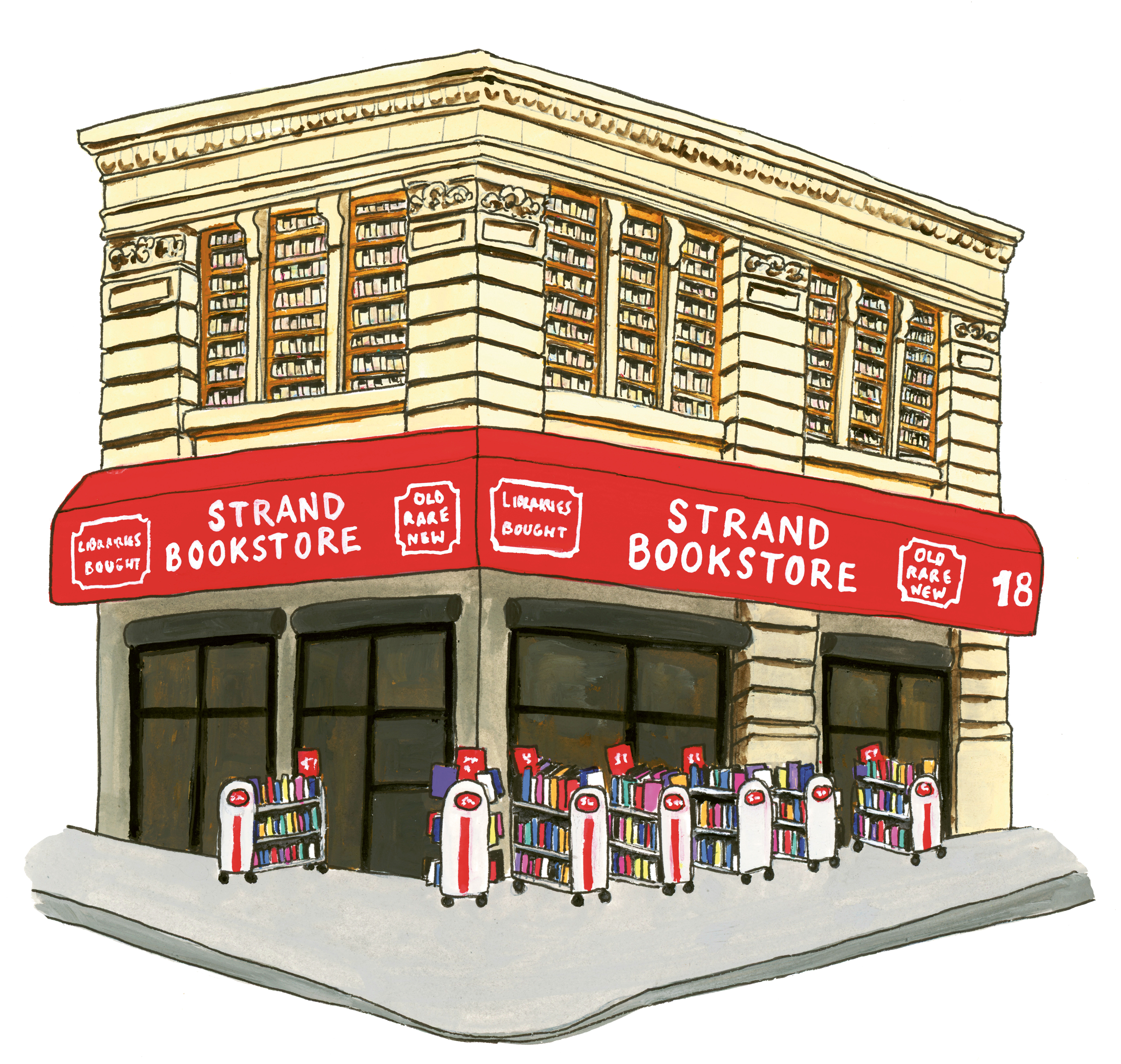
On the note of traveling, did you visit all of the bookstores you drew?
Not yet but I’d love to. I included ones I’d been to and loved, but I really wanted to include ones from all over the country and all over the world, and unfortunately my book advance could not allow for that much travel. But I asked people who lived in those cities and asked people online about ones that felt particularly loved by people and community oriented.
Did you notice any commonalities between the most beloved bookstores?
I think people treat them as community centers and gathering places beyond just bookstores. It’s great and you go in, and you happen to be browsing next to someone else. You pick up a book and it’s like, “I love that book, you should get that book,” and so you get it.
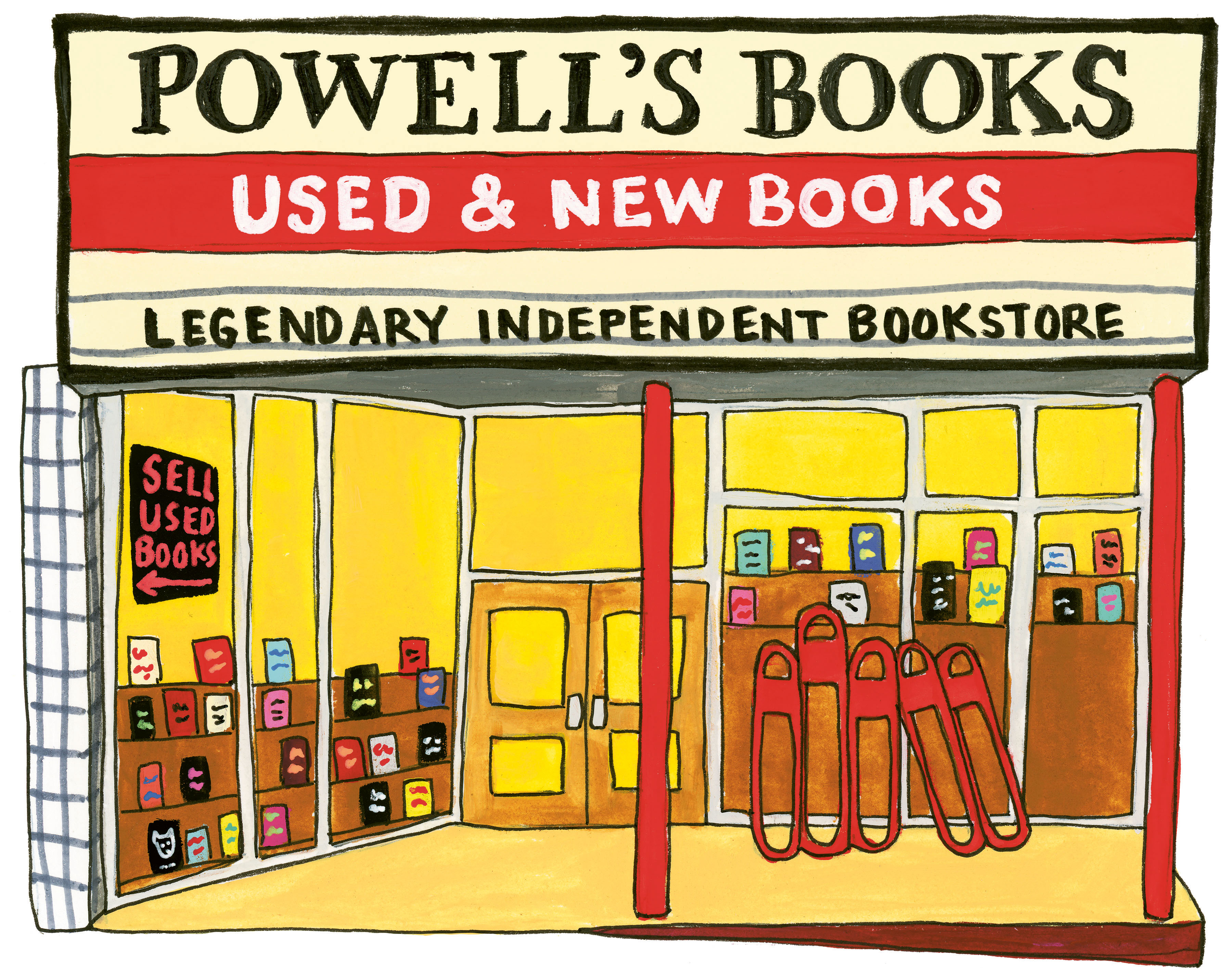
It’s a very warm, welcoming feeling, almost a sense of magic. I think of booksellers and librarians as guides. They can set you up, put you in a new world just by recommending a new book. And you can walk into a bookstore and get the sense that all these different stories and worlds are all around you. It’s a magic feeling that you just can’t get by shopping on Amazon.
This interview has been condensed and edited for clarity.
Sign up for our newsletter to get the best of VICE delivered to your inbox daily.
Follow Nicole Clark on Twitter.

